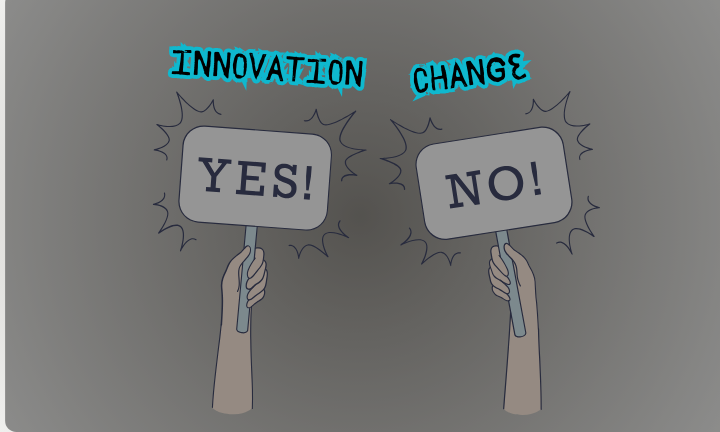A paradoxical approach that highlights the importance of embracing innovation while resisting change.
It is easy to get caught up in the excitement of new ideas and innovations. But have you ever stopped to think about the importance of balancing that enthusiasm with a healthy dose of skepticism?
For me as a leader and entrepreneur of an organization for over 24 years, it’s all about embracing innovation while carefully evaluating and enabling change wherever possible. It is about staying relevant but not totally be disruptive. Embracing the emerging technology trends but still maintaining the organizational stability.
We all know Innovation is about creating new value. Innovation drives progress and keeps us competitive.
For us at ISHIR, at the moment it’s about developing AI services and solutions that address unmet client needs, exploring new market opportunities, and pushing the boundaries of what’s possible.
On one hand, saying “yes” to innovation encouraging creativity, collaboration, and risk-taking. Fostering an environment where team members feel comfortable sharing ideas and taking bold steps to drive growth.
On the other hand, saying “no” to uncontrollable change, to ensure stability and maintaining status quo. To help prevent unnecessary disruption and ensure that all new ideas are thoroughly vetted before implementation.
So, how do we strike the right balance between these two seemingly opposing forces?
For me, it’s been about creating an innovative culture where employees feel empowered to suggest new ideas and feel valued, while also ensuring that those ideas are carefully evaluated through a lens and implemented in a way that minimizes disruption. Encouraging creativity and risk-taking within my team members. Have them get comfortable with failing forward.
This has required us to:
1. Cultivating an innovative culture
2. Aligning Innovation with business strategy and purpose
3. Communicating effectively, transparently and consistently
4. Identifying change agents and influencers
5. Lead by example and model the behavior
6. Providing support and training
7. Promoting adaptivity and Empowerment
8. Celebrating small wins


